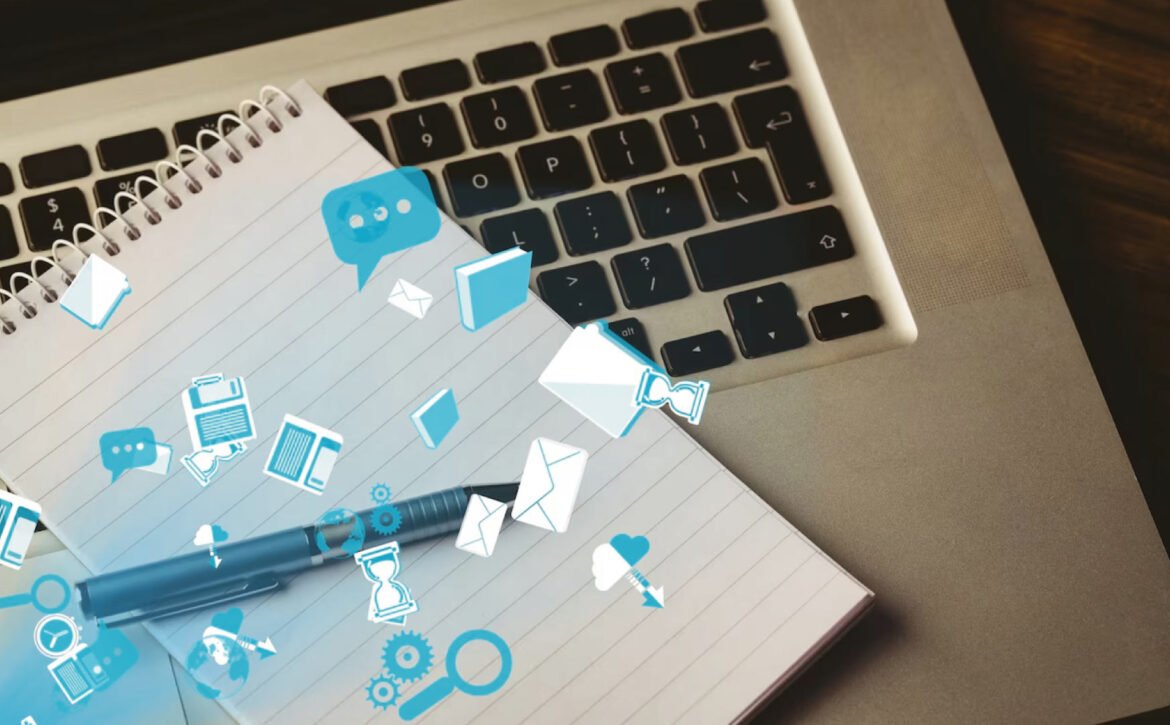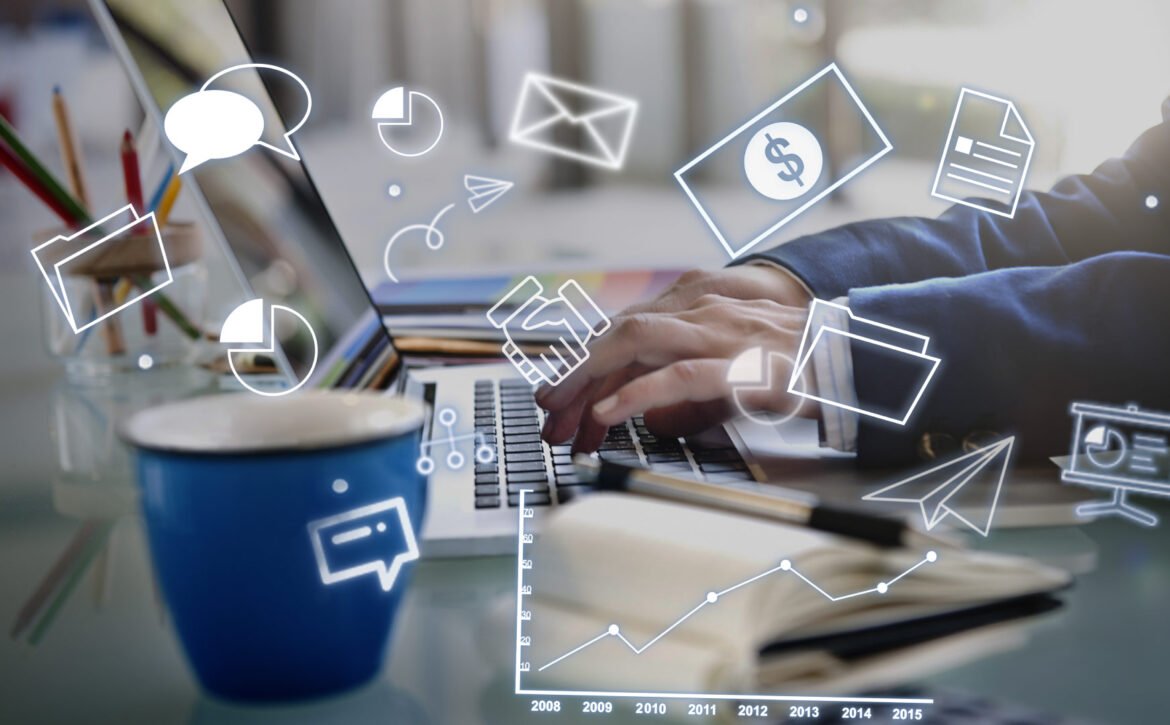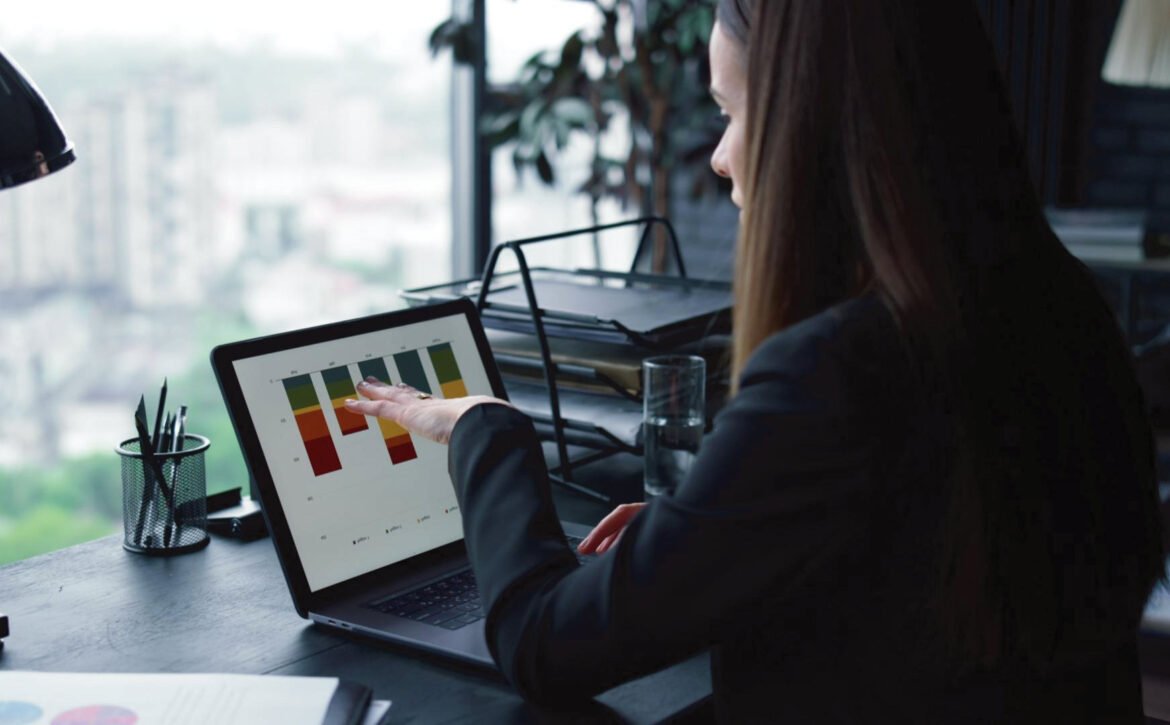Aligning Your Prospecting and Lead Generation Efforts
Maximize your sales pipeline by aligning prospecting and lead generation. Discover strategies to target the right leads and boost conversions.
1. Understand Your Ideal Customer Profile (ICP)
2. Leverage Data-Driven Insights
3. Develop Unified Messaging
4. Create Cross-Functional Collaboration
5. Optimize the Handoff Process
6. Utilize Technology for Alignment
7. Focus on Continuous Improvement
8. Measure Success with Unified Metrics
Conclusion
Today, the highly competitive sphere of B2B business, prospecting and lead generation are the cornerstones of increasing sales. While often used interchangeably, these processes have distinct roles: prospecting focuses on finding customers to approach and buy goods, while lead generation entails making customers consider and come to the business. Inefficiencies can occur between these activities, and opportunities may be lost or outcomes less than ideal. Ironing out your prospecting and lead generation strategies, however, can refine your sales pipeline and optimize ROI. Here’s how to achieve it.
1. Understand Your Ideal Customer Profile (ICP)
In a nutshell, alignment begins with clarity. Develop your Ideal Customer Profile (ICP) using criteria such as industry, company size, geography, pain, and buying behavior. The essence of having a well-cultivated ICP is to avoid a situation whereby your prospecting and lead generation are a good match with the intended audience.
For example, if the ICP is mid-sized tech companies seeking HR solutions, lead generation content such as whitepapers or webinars should discuss issues such as HR operational scalability, and the prospecting team targets decision-makers like HR directors or CTOs. Such coherence helps to maintain consistency and hence elicit a more positive response from the target audience.
2. Leverage Data-Driven Insights
Effort coordination aligns well with data. Employ customer analytics and conduct various analyses to reveal details about the consumers and the outcome of your campaigns. Information such as the type of content that performs well, the channels through which outreach is effective, and the concerns the buyers have can be helpful when it comes to both outreach and lead generation.
For instance, suppose many of your high-value leads originate from LinkedIn; in that case, your prospecting team should focus on LinkedIn engagement, whereas your lead generation team should focus on LinkedIn ads or organic content lead gen. This way, both teams can analyze their previous experiences and work on what they have found to be effective.
3. Develop Unified Messaging
As communication is paramount for business to business (B2B) relationships, it is important that consistency be adopted. Where you are communicating a mixed message, to the prospects, this confusion only works to the detriment of your brand identity. Your prospecting emails, calls, and social media messages should recontextualize the themes and benefits highlighted in your lead generation content.
For instance, if your lead generation focuses on the ‘cost-saving’ aspect of your product, your prospecting team should capture this message. Integrated communication emphasizes on value proposition and credibility to the potential consumers.
4. Create Cross-Functional Collaboration
Organizational barriers between prospecting and lead generation groups include fragmentation of work and lack of coordination. Encourage cooperation by setting team meetings on a regular basis and providing such information as performance indicators and plans. Specialized software, such as customer relationship management (CRM) systems, can also create internal efficiencies and ensure that all teams are on the same page.
When the prospecting teams are conversing on the quality of the leads that were obtained, the lead generation teams are able to fine-tune their efforts in order to attract better prospect leads. In the same way, lead generation teams can offer information about what is received well and therefore help the prospecting teams do better.
5. Optimize the Handoff Process
It is seen that one of the most important transitioning issues whether it is in B2C or B2B sales context is the transition from generating leads and identifying potential target accounts. Lack of process clarity results in lack of cooperation, time wastage, and forfeiting good moments. Provide guidelines on when a lead is ready to be passed on, for instance, when a lead scores a certain number or interacts with certain content and how leads will be followed up.
For instance, a lead that downloaded a pricing guide and watched a webinar may be considered as ‘sales qualified’ and ready for prospecting. This reduces the likelihood of leads being misplaced leading to high conversion rates.
6. Utilize Technology for Alignment
Modern sales and marketing technologies can bridge the gap between prospecting and lead generation efforts. Tools like HubSpot, Salesforce, or Marketo allow teams to track lead activity, automate follow-ups, and analyze performance.
These platforms enable you to:
- Segment your audience effectively
- Automate personalized outreach
- Monitor the sales funnel in real time
By applying these technologies, both teams can be in harmony to prospect and convert leads effectively.
7. Focus on Continuous Improvement
Alignment isn’t a one-time effort; it requires ongoing optimization. Regularly review your strategies, analyze what’s working, and adjust accordingly. Solicit feedback from both teams and use it to refine your approach.
For example, if your prospecting team struggles to engage leads generated from a particular campaign, investigate why. It could be due to a mismatch in messaging, targeting, or the quality of the leads themselves. Addressing these issues ensures continuous alignment and improved outcomes.
8. Measure Success with Unified Metrics
To assess the effectiveness of your aligned efforts, track unified metrics that capture the entire journey from lead generation to conversion. These metrics might include:
- Lead-to-opportunity conversion rate
- Cost per lead (CPL)
- Sales cycle length
- Customer acquisition cost (CAC)
- Return on investment (ROI)
By evaluating these metrics, you can identify gaps, make data-driven decisions, and ensure that both prospecting and lead generation contribute to your business goals.
Conclusion
Aligning prospecting and lead generation efforts is critical for B2B success. By defining your ICP, leveraging data, maintaining unified messaging, fostering collaboration, and using technology, you can create a seamless pipeline that drives meaningful results. This alignment not only enhances efficiency but also ensures that your teams work towards shared goals, delivering maximum value to your customers and stakeholders. As the B2B landscape continues to evolve, staying aligned will be your competitive edge.
Visit Our SalesMarkBlog Section to Uncover the Sales Strategies That Ignite Your Sales Journey!











